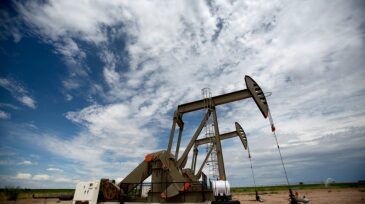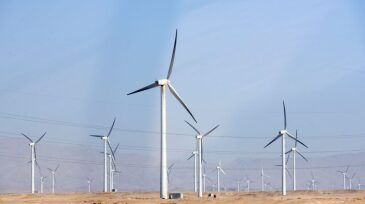emissions
-
Carbon credits, carbon taxes, and emissions trading systems are familiar terms in discussions about global warming, the Paris Agreement, and net-zero emissions goals. The EU is moving to act on an addition to the glossary of climate policy: carbon tariff.
-
It has been a busy month so far for the oil and gas industry’s venture capital groups. Find out which operators are making moves and which technology developers are turning heads in this latest roundup.
-
What is to become the largest shale producer in the Permian Basin is stepping up its efforts to curb emissions and has shared new details in its annual sustainability report.
-
To reach their targets for carbon neutrality, many oil and gas producers are investing in other energy industries. This US company will instead get there by investing more in its oil fields.
-
Tough talk about World Bank financing for oil and gas is a sign of the growing pressure to squeeze investing in fossil fuels as a way to slash carbon emissions.
-
The common energy transition story that we’ve been told is that eventually renewable energy sources will replace oil and gas completely. What’s the problem with oil and gas? CO2 emissions. CCUS allows us to turn this problem into an opportunity.
-
Although based on “intensity” and not “absolute” emissions, oil giants say it’s a step toward net-zero goals for 2050.
-
The paper reviews the types of renewable energy used in oil and gas fields that have appeared in the literature. Use of renewables offers many advantages, including saving hydrocarbon resources, minimizing the oil industry’s GHG emissions, and enhancing its public image.
-
Approaches to carbon abatement using petroleum are discussed that have a strong chance to succeed in fulfilling technological and economic goals in reducing carbon.
-
If we must reduce emissions to make our industry “greener,” what are some of the options that we can apply?










